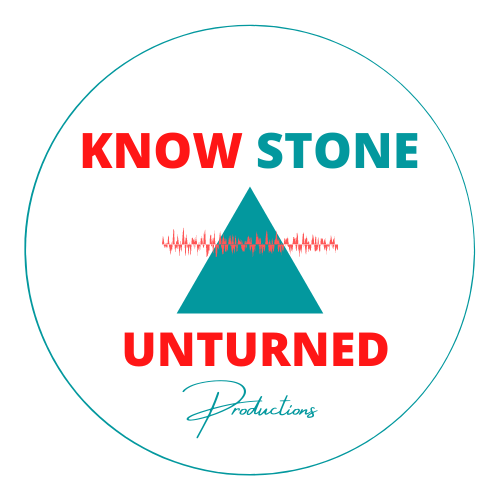From 2015 - 2016 we lived and worked at Wild Spirit Wolf Sanctuary in rural New Mexico, a non-profit education center and permanent refuge for wolves, wolf-dogs and other wild canines rescued from the exotic pet trade. The following photos are portraits of some of the 70+ rescues we cared for during our time at Wild Spirit, including Arctic wolves, Tundra wolves, wolf-dogs, coyotes, dogs, New Guinea Singing Dogs, Australian dingoes, and a red fox. Wild animals are not pets.
View fullsize
![Teton]()

Teton
View fullsize
![Teton & Shasta]()

Teton & Shasta
View fullsize
![Shasta]()

Shasta
View fullsize
![Powder]()

Powder
View fullsize
![Powder]()

Powder
View fullsize
![Sugar]()

Sugar
View fullsize
![Powder]()

Powder
View fullsize
![Powder]()

Powder
View fullsize
![Dakota]()

Dakota
View fullsize
![Dakota]()

Dakota
View fullsize
![Cinder]()

Cinder
View fullsize
![Riot]()

Riot
View fullsize
![Cinder]()

Cinder
View fullsize
![Cinder & Riot]()

Cinder & Riot
View fullsize
![Savannah]()

Savannah
View fullsize
![Storm]()

Storm
View fullsize
![Shaggydog Pack]()

Shaggydog Pack
View fullsize
![Maki]()

Maki
View fullsize
![Nikki & Maki]()

Nikki & Maki
View fullsize
![Maki & Nikki]()

Maki & Nikki
View fullsize
![Nikki & Maki]()

Nikki & Maki
View fullsize
![Navar]()

Navar
View fullsize
![Contessa & Navar]()

Contessa & Navar
View fullsize
![Contessa]()

Contessa
View fullsize
![Skye & Brutus]()

Skye & Brutus
View fullsize
![Brutus & Skye]()

Brutus & Skye
View fullsize
![Brutus & Skye]()

Brutus & Skye
View fullsize
![Lucian]()

Lucian
View fullsize
![Lucian]()

Lucian
View fullsize
![Argo]()

Argo
View fullsize
![Nimoy]()

Nimoy
View fullsize
![Nimoy & Rain]()

Nimoy & Rain
View fullsize
![Rain & Nimoy]()

Rain & Nimoy
View fullsize
![Jaeger]()

Jaeger
View fullsize
![Jaeger & Luna]()

Jaeger & Luna
View fullsize
![Kabbalah]()

Kabbalah
View fullsize
![Rayne]()

Rayne
View fullsize
![Shasta II & Rayne]()

Shasta II & Rayne
View fullsize
![Shasta II & Rayne]()

Shasta II & Rayne
View fullsize
![Katrina]()

Katrina
View fullsize
![Katrina]()

Katrina
View fullsize
![Yuni]()

Yuni
View fullsize
![Lyla Rose]()

Lyla Rose
View fullsize
![Glacier]()

Glacier
View fullsize
![Juan]()

Juan
View fullsize
![Romeo]()

Romeo
View fullsize
![Romeo]()

Romeo
View fullsize
![Romeo]()

Romeo
View fullsize
![Leia]()

Leia
View fullsize
![Leia & Quinn]()

Leia & Quinn
View fullsize
![Quinn]()

Quinn





















































